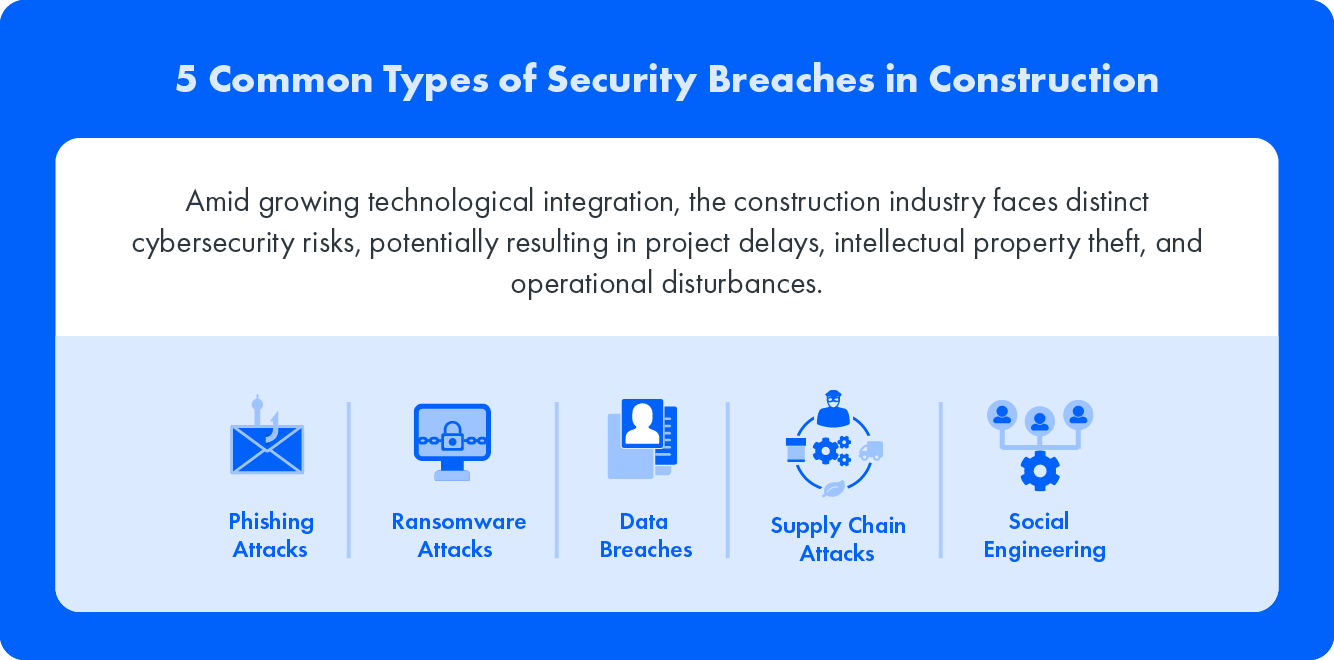- Solutions
- Guardian Absolute Program
- HIPAA Compliance Program
- 24/7 Security Operations center (SOC)
- Chief Information Security Officer (CISO)
- Managed Detection and Response (MDR)
- Penetration Testing
- Continuous Vulnerability Scanning
- Managed Security Awareness Training
- SIEM and SOAR
- Regulatory Compliance Services
- Zero-Trust Framework
- Data-Loss Prevention (DLP)
- Incident Response Retainer (IRR)
- Industries
- Insights
- Why DataGuard
- Schedule A Quick Meeting







